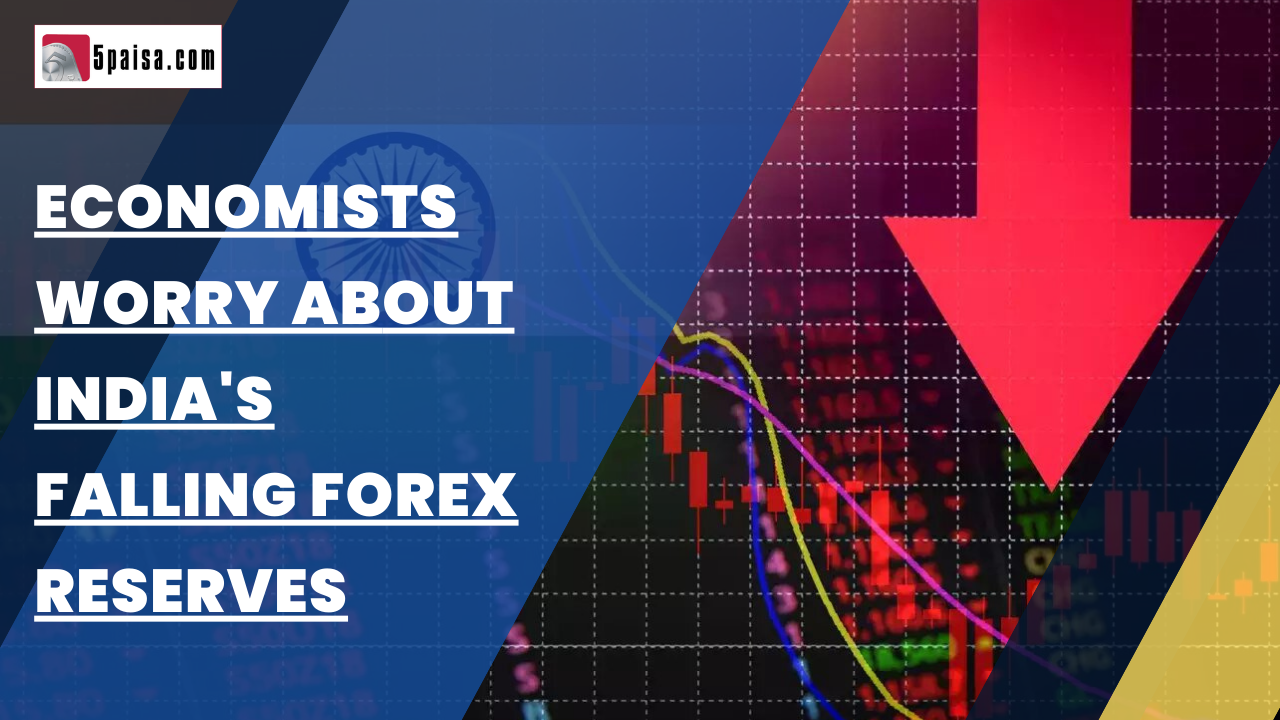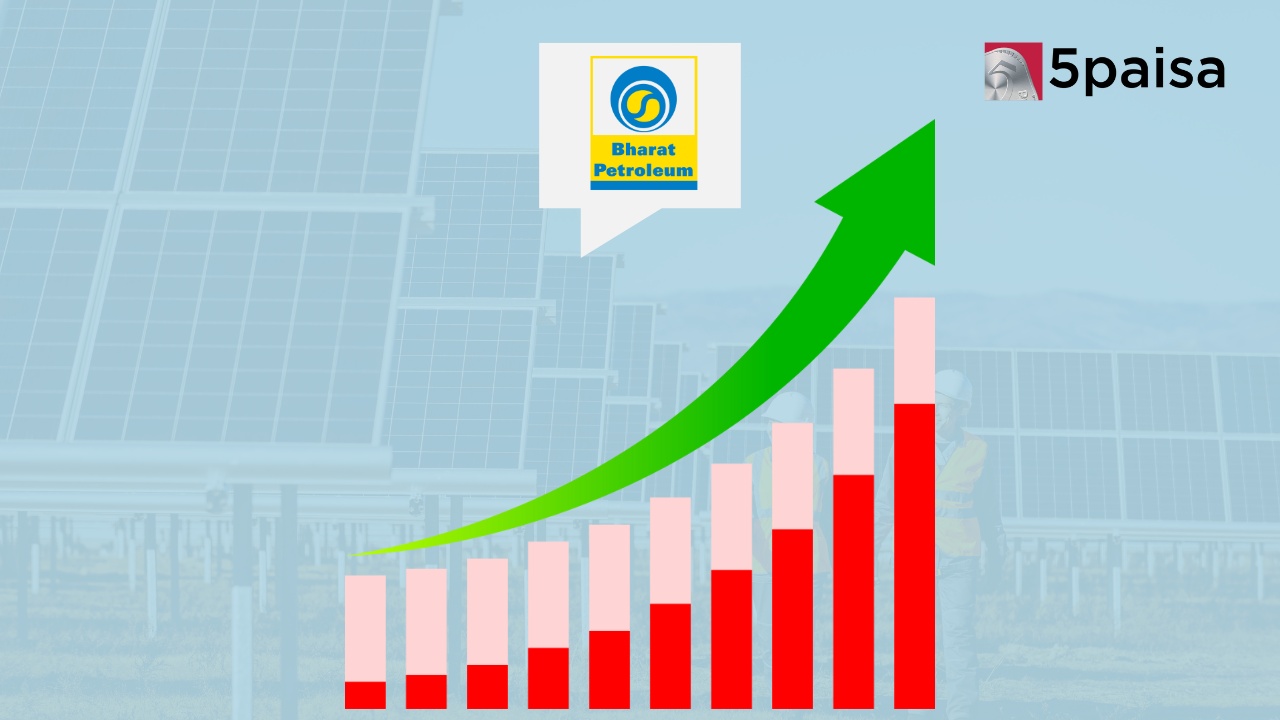Marcellus to Launch Global AIF in February for Diversification
Economists caution on India’s fallen forex reserves

Last Updated: 12th December 2022 - 01:20 am
One of the first brokerage reports to highlight the problem of dipping forex reserves was the report by Jefferies India. It had highlighted that India should be more worried about its dwindling forex reserves. In the latest reported week ending 02nd September, the forex reserves fell by another $8 billion to touch the $553billion mark. Now let us put things in perspective. At the start of this year, the forex reserves stood at $647 billion and in the last 9 months the reserves have fallen by about 18%, which can be termed a very sharp fall.
This is the lowest forex reserves that India has had since October 2020 and that is not a very encouraging signal. The devil’s advocate argument is that even countries like Russia, China and Saudi Arabia had seen a rapid meltdown of forex reserves when the crisis struck these economies and in some cases it was as high as 25% to 35%. However, we are missing a point here. China, Russia and Saudi Arabia run huge trade surpluses so each month they are adding to forex reserves. In contrast, India runs a $30 billion trade deficit each month.
Now, even the economists are starting to worry that India cannot really afford to be smug about its falling forex reserves, nor can it rest on the parallels of Saudi Arabia and Russia. Many of the economists point out that the rapid fall in forex reserves has happened amidst dwindling foreign portfolio flows. FDI flows are still flowing in but not as fast as in 2021. Also, the foreign portfolio investors or FPIs sold nearly $33 billion of Indian equities between October 2021 and June 2022. All these add to the risks of already dwindling forex reserves.
What is causing this sharp fall in the reserves. Simply put, the RBI is trying hard to defend the rupee from weakening beyond a point. It first tried to defend the rupee around 76/$ levels, then around the 78/$ levels and currently it has been defending the rupee around the 80/$ levels. How does the RBI defend the rupee? There are ways like NDF market and the futures market, but the most popular way of defending the rupee is to sell dollars. These dollars draw down on the forex reserves and lead to depletion of the forex chest.
Most economists pressed the panic button after the last week to 02nd September saw the reserves dwindle by a record $8 billion in a single week. Rupee breaching beyond the 80/$ levels is likely to trigger a lot of stop losses and forex risk management triggers for Indian companies and that is likely to weaken the rupee further against the dollar. Add to it, the Fed continues to be hawkish and that hardening of the dollar is leading to weakness in the rupee. That means, much of the RBI effort on defending the rupee does not really show up.
Here is the key reason why the falling reserves are a worry. Agreed that reserves are nowhere close to the precarious levels of 2013, but the risks cannot be ignored. India has bene funding its forex reserves through portfolio flows, which have been extremely erratic in the last one year. That does not inspire too much confidence among the economists about the sustainability of such flows. The big challenge would be if the current account deficit (CAD) gets into the range of 4% to 5%, which could trigger a run on the rupee.
Most fund managers also agree in private that in the last few months, the portfolio outflows from debt were not too substantial. However, if the Fed remains hawkish then the interest rate differential would narrow and make the bonds of developed markets more attractive than emerging markets like India. A run on debt typically leads to a rapid fall in the rupee and that is where the aggression of the RBI in defending the rupee can lead to a sharper fall in the forex reserves. The moral is, India cannot afford a rapid forex reserve depletion.
- Flat ₹20 Brokerage
- Next-gen Trading
- Advance Charting
- Actionable Ideas
Trending on 5paisa
Indian Market Related Articles
Disclaimer: Investment in securities market are subject to market risks, read all the related documents carefully before investing. For detailed disclaimer please Click here.
 5paisa Research Team
5paisa Research Team




